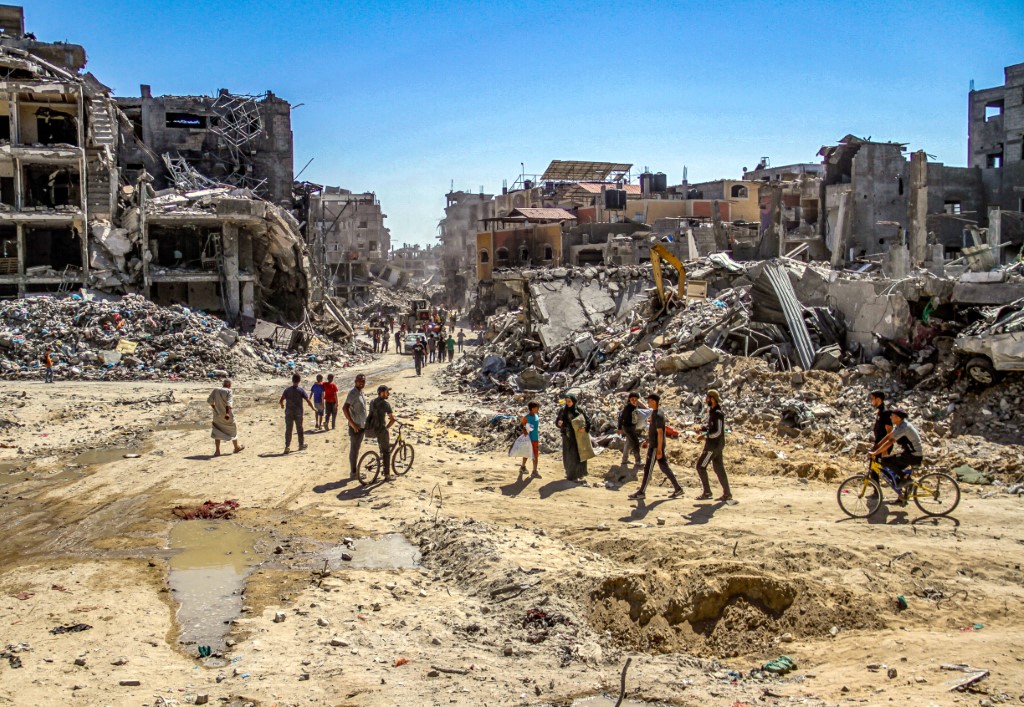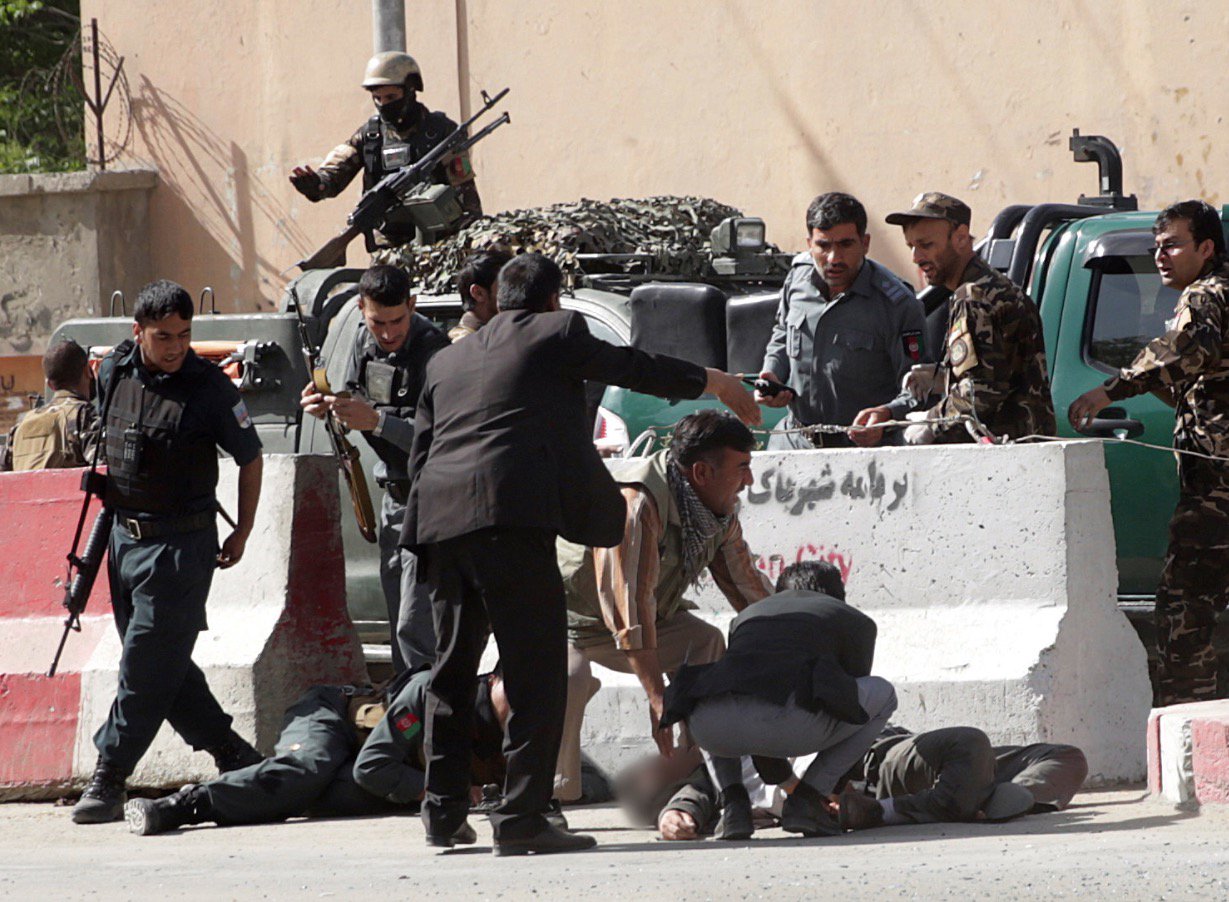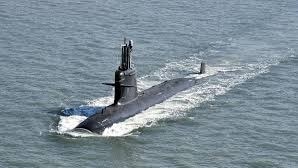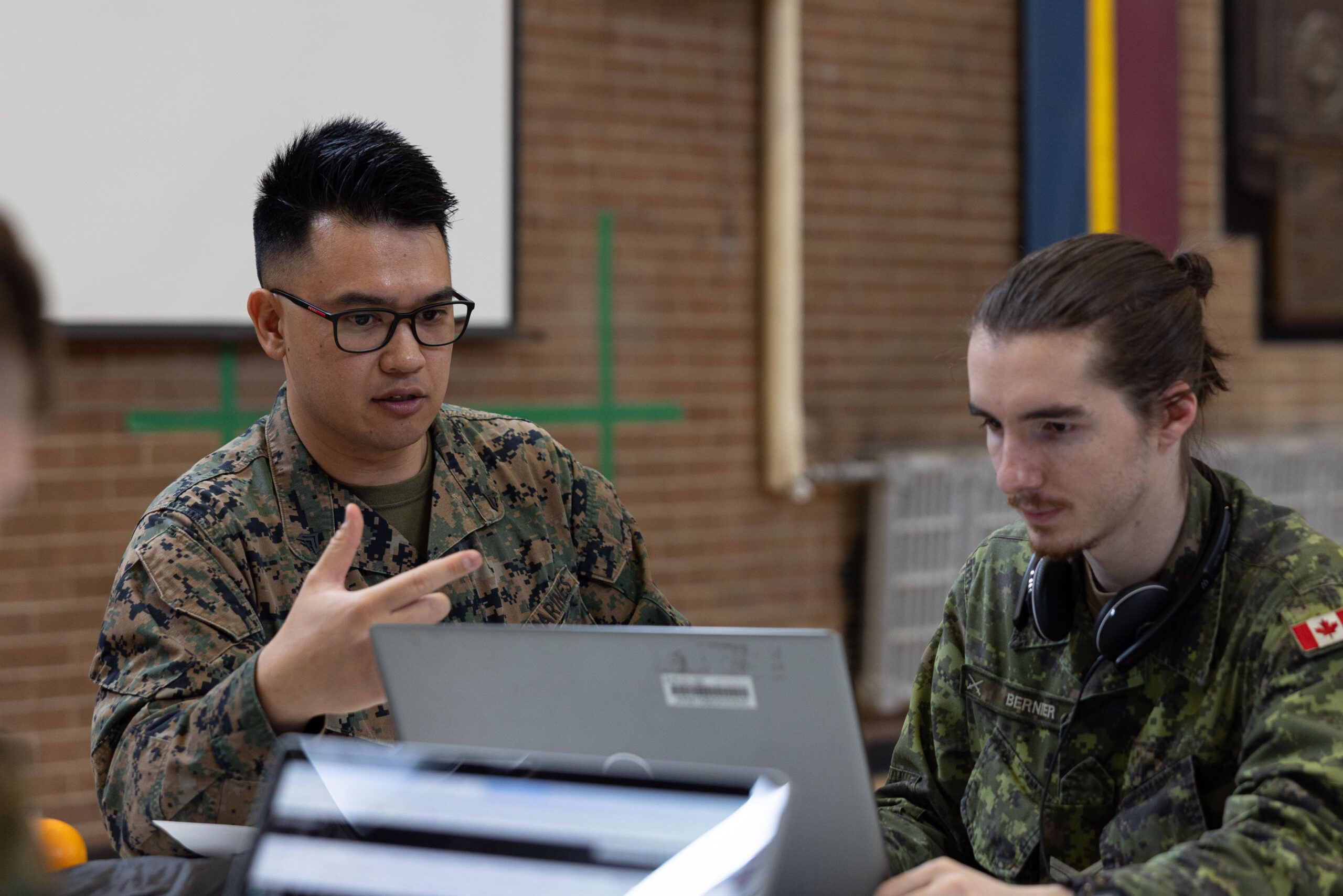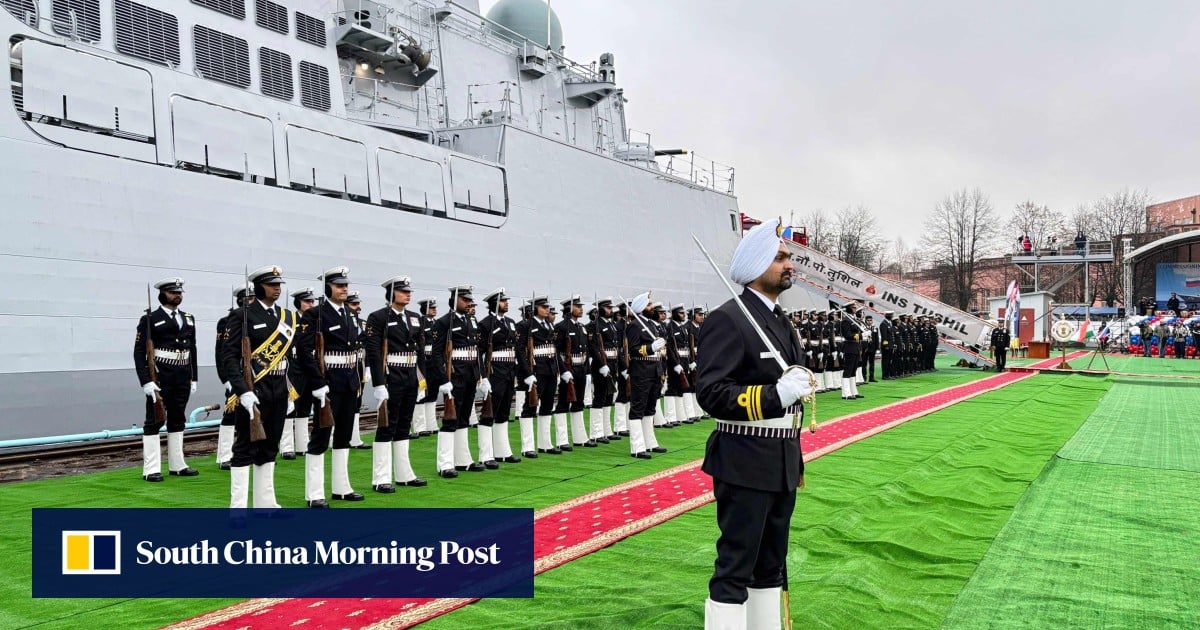Israeli Air Strike in Northern Gaza Claims at Least 22 Lives, Including Women and Children
In a tragic escalation of violence, Gaza’s civil defense agency reported that an overnight Israeli air strike in the northern…
Afghan Refugee Minister Killed in Suicide Bombing in Kabul, Islamic State Claims Responsibility
In a devastating incident that underscores the ongoing violence in Afghanistan, the Afghan minister for refugees, Khalil Ur-Rahman Haqqani, was…
INS Vagsheer Set to Join Indian Navy in January 2025, Enhancing Maritime Dominance
Following the recent integration of INS Tushil into the Indian Navy, India's maritime capabilities are poised for a substantial enhancement…
Canada and Ukraine Sign Information Security Agreement to Strengthen Military Partnership
In a significant move to strengthen military ties, Canada and Ukraine have entered into an information security agreement in Belgium,…
India Commissioning Advanced Frigate INS Tushil to Enhance Naval Capabilities Amid Indo-Pacific Tensions
India has strengthened its naval capabilities with the recent commissioning of an advanced frigate, the INS Tushil, built in Russia.…
Assam Rifles Organizes Cleanliness Drive Under Swachhta Hi Seva Campaign
The Assam Rifles conducted a comprehensive cleanliness drive at its office premises, aligning with the nationwide Swachhta Hi Seva Campaign.…

